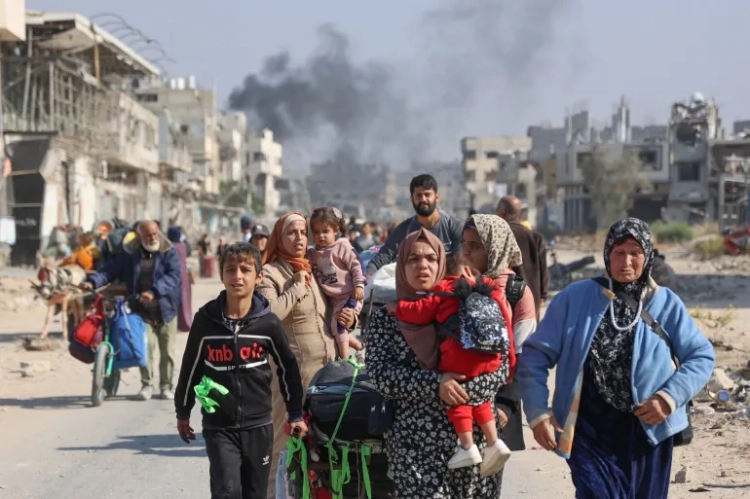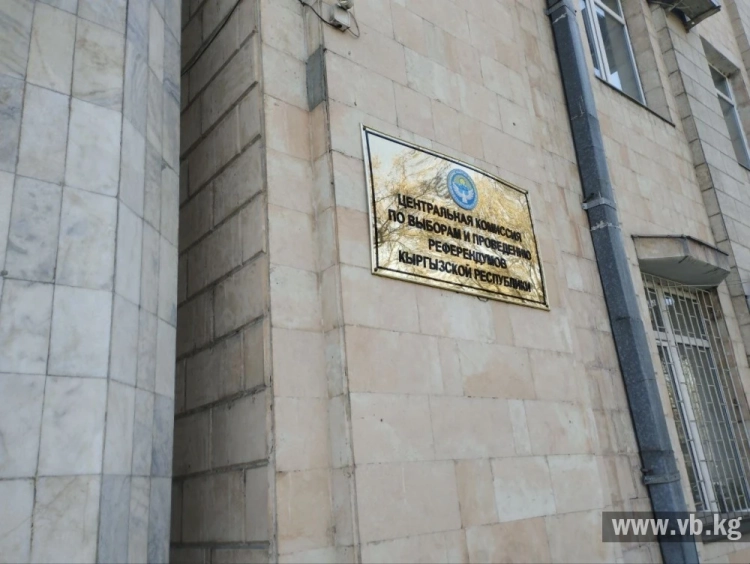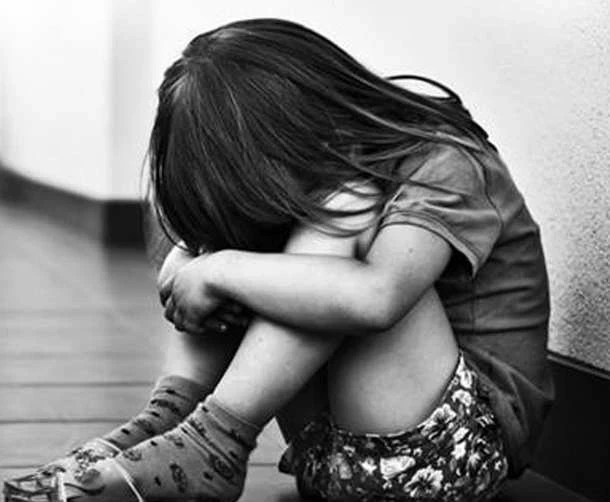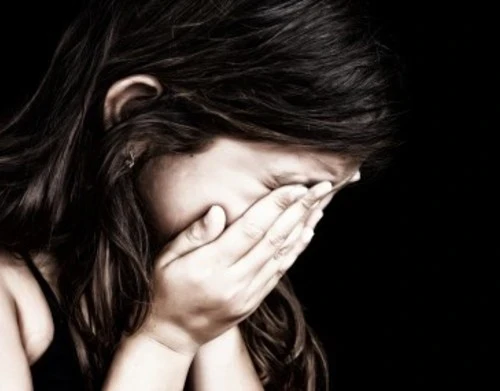The video was created by students from a Japanese special school, and the author of the Kyrgyz text...

The Earth's Population This is the total number of people living on our planet. As of today,...

The glasnost of the perestroika period opened new opportunities for the study and popularization...

“Tell me, Snow Maiden, where have you been? Tell me, dear, how are you?” - each of the modern Lady...

In the southern capital of Kyrgyzstan, a Center for Employment for domestic migrants abroad will...
Recently, the Center for Employment of Citizens Abroad sent a new group of Kyrgyzstani citizens to...

The clearest water is found in the Sargasso Sea (Atlantic Ocean). There are over 1300 types of...

According to Gallup, in 2024, the level of anxiety among the adult population reached record...

Former President of Kyrgyzstan Roza Otunbayeva, cosmonaut and hero of Kyrgyzstan and Russia...

On the day of the meeting of the Jaz Mayram — the spring holiday, people usually dressed...

The Central Election Commission of the Kyrgyz Republic, as reported by the press service, has...

A Turn in Social and Political Life. By the mid-1980s, a deep crisis had emerged in all spheres of...

Similar changes may also occur in the field of language. Psychologist Lev Vygotsky emphasized in...

The city landfill on the outskirts of Bishkek, which has been operating since the 1970s, has been...
Non-communicable diseases (NCDs) inflict an economic loss of 29.8 billion soms on the economy of...

President of the Kyrgyz Republic Almazbek Atambaev met today, November 26, with the Prime Minister...

Bishkek, Kyrgyzstan - Older women from around the world speak about human rights in a new report...

Currently, in the Chui Valley, with the formation of numerous small farms, peasant and other...

Every year, hundreds of cases of domestic violence occur in Kyrgyzstan. Headlines like...

Kyrgyz in Turkey. In the village of Uluu Pamir in the Turkish province of Van, about 800 people...

President Almazbek Atambayev: “The pursuit of knowledge is the key to success in the modern...

Apas Jumagulov on Kyrgyz Women The history of the development of world civilization is largely the...

The predominant type of family at the end of the 19th and beginning of the 20th century was the...

This solar power plant was created by China Three Gorges Corporation, known for constructing the...

According to various estimates, between 500,000 and 800,000 people have left Kyrgyzstan since...

Guanches - Who Are They? The mystery of the small but very freedom-loving and courageous tribe of...

Kazakhstan. “Land of the Kazakhs.” From the name of the people, which, according to one version,...

From October 13 to 14, representatives of Kyrgyzstan participated in a two-day ministerial...

The Good Sometimes we do not understand people simply because we view the world from our own...

Children's organizations report that 5 million children in Europe face sexual violence every...

Population of Kyrgyzstan Thanks to the fundamental changes that occurred in Kyrgyzstan after the...

Census of the Kyrgyz SSR in 1959 - 1970 - 1979 - 1989. According to the 1959 census, the...

Fox— Vulpes vulpes Linn (in Kyrgyz: tulku) In Kyrgyzstan, it is widespread, from areas cultivated...

Wolf — Canis lupus L. Widely distributed throughout Kyrgyzstan, from its valley regions to high...

In the mid-19th century, some influential manaps, realizing the significance of the sanjyr, began...

50 interesting facts about India that you might not know: 1. India is the most multilingual...

Settlements and Permanent Housing The 19th century was a turning point in the life of the Kyrgyz....

Among other domestic crafts, weaving held one of the primary places among the Kyrgyz in the past....
A video has been circulating in Kyrgyz social networks, posted by OJSC "Bishkekteploset"...
In Bishkek, the construction of the National Center for Traumatology and Orthopedics is actively...

Three Epochs When society goes through a transitional period, it is painful for everyone. Not...

Peak Free Korea - located on the Ak-Sai ridge within the Ala-Archa National Park. In the past, one...
In Manas, as part of the operation "Teen-Night," law enforcement officers drew up 32...

Preparation for hunting in Kyrgyzstan is a topic that deserves special attention. The thing is...

The scandal involving NSO Group and its spyware Pegasus has not yet subsided when journalists...

One of the major surahs of the Quran (the 4th surah, consisting of 175 verses) is called...